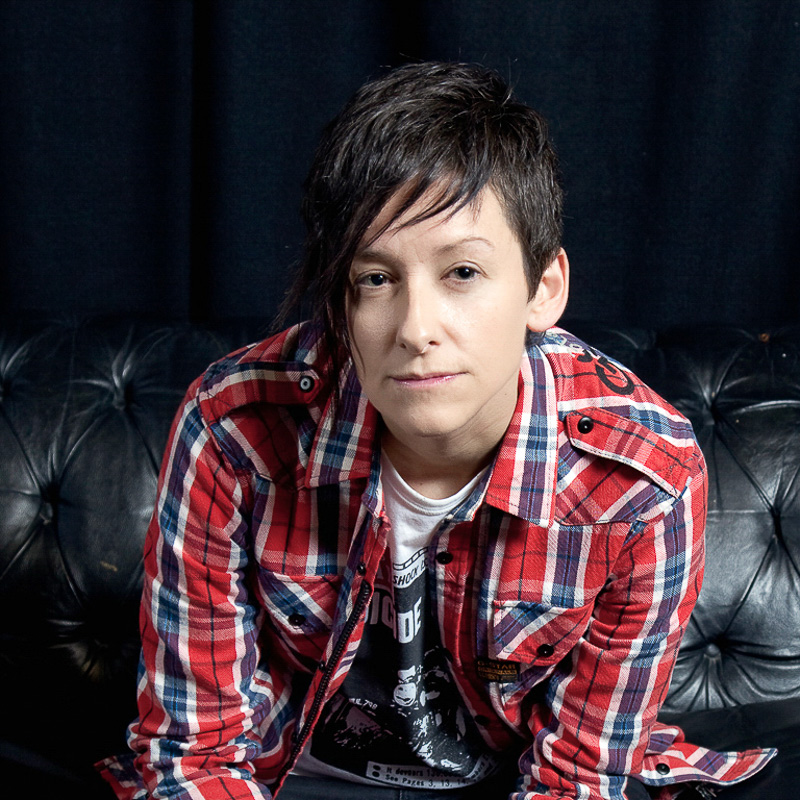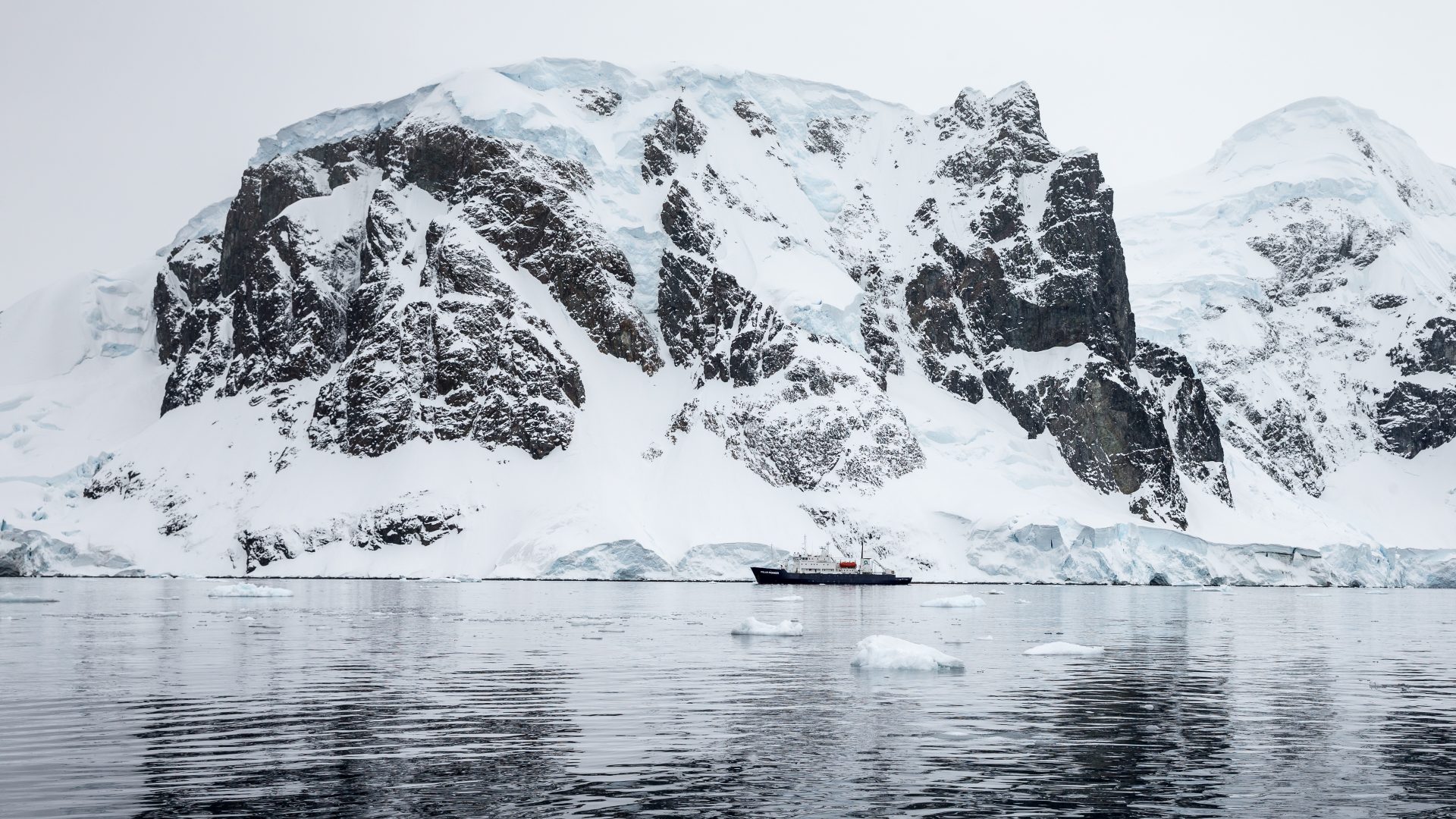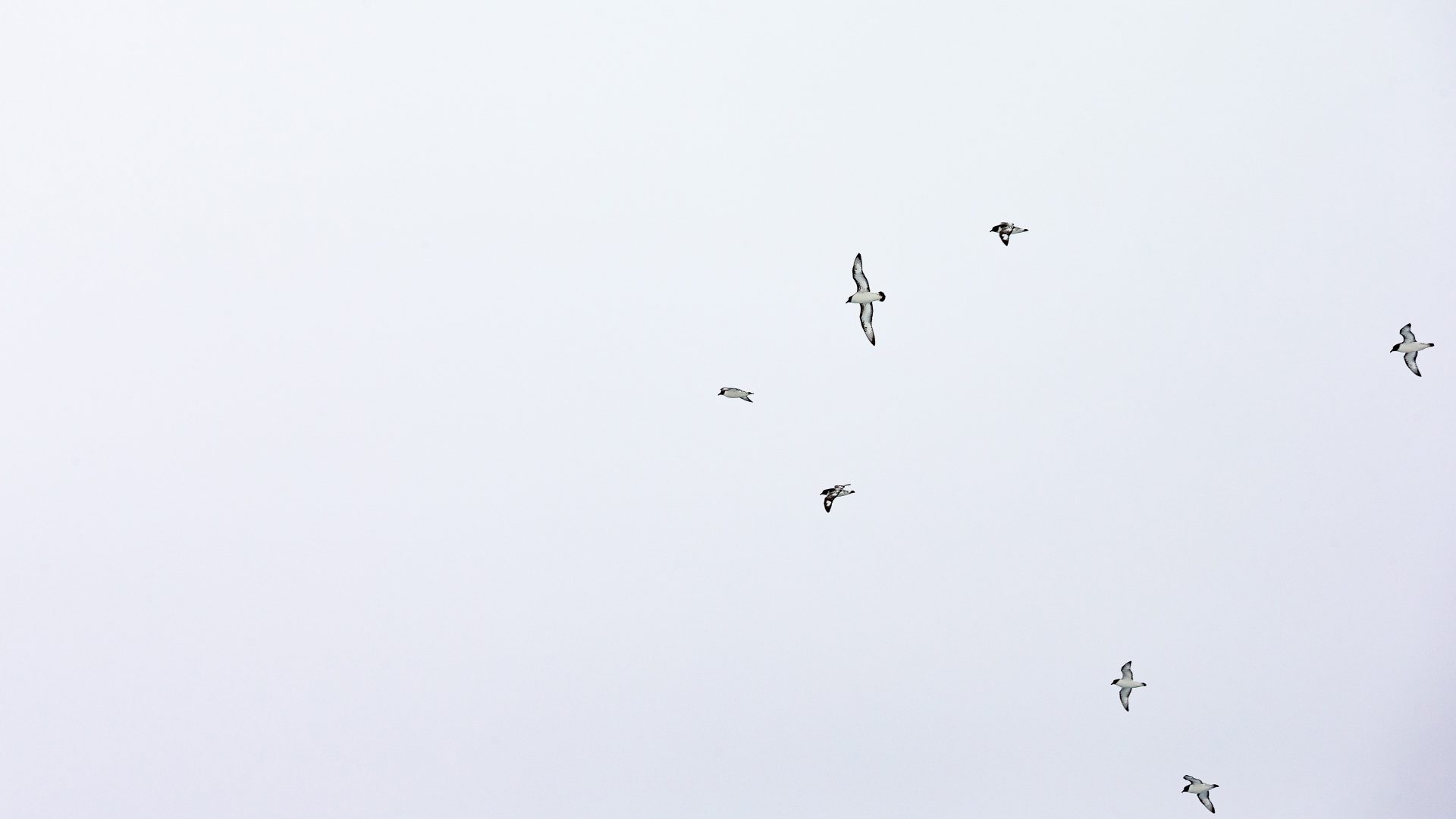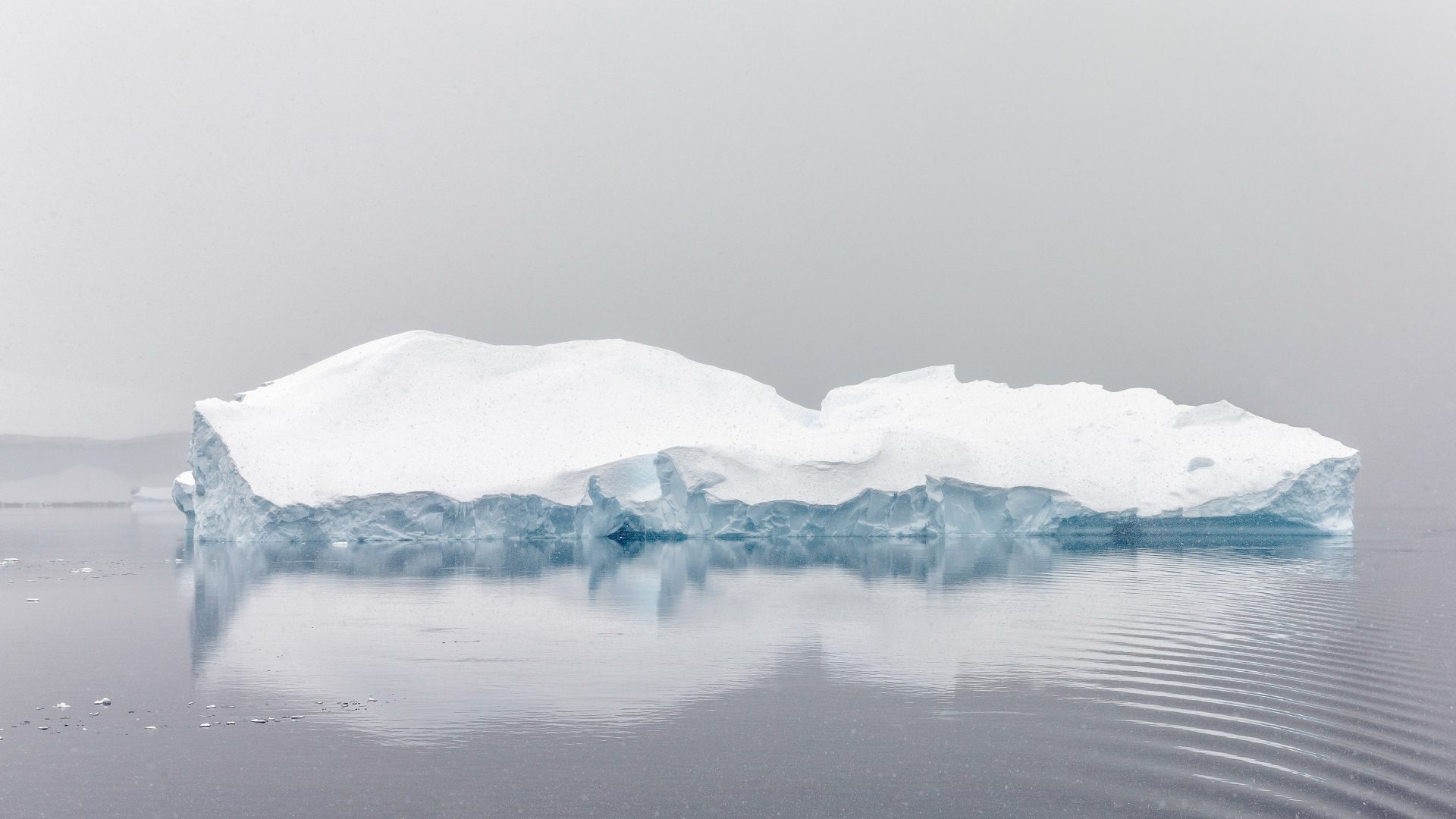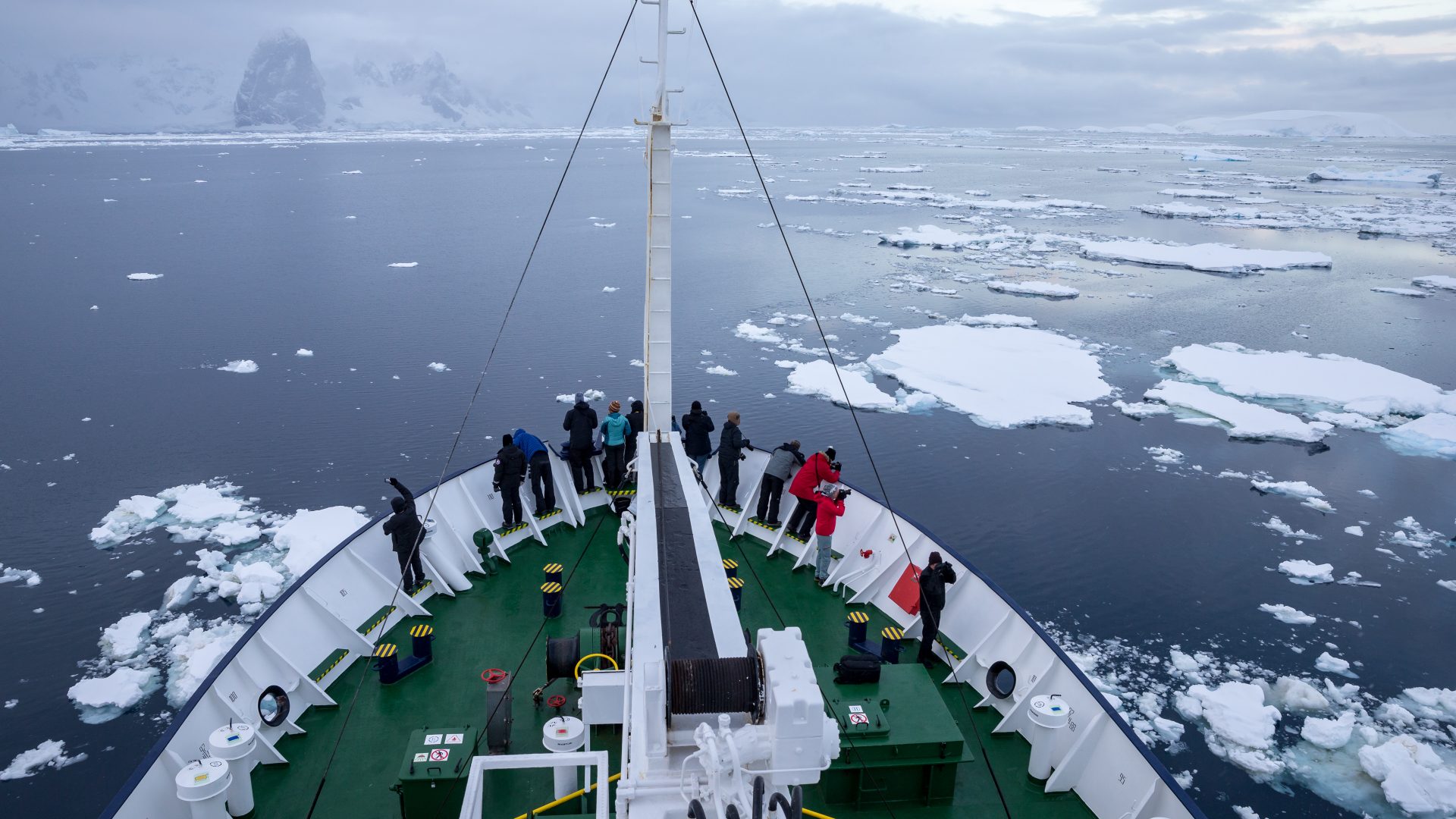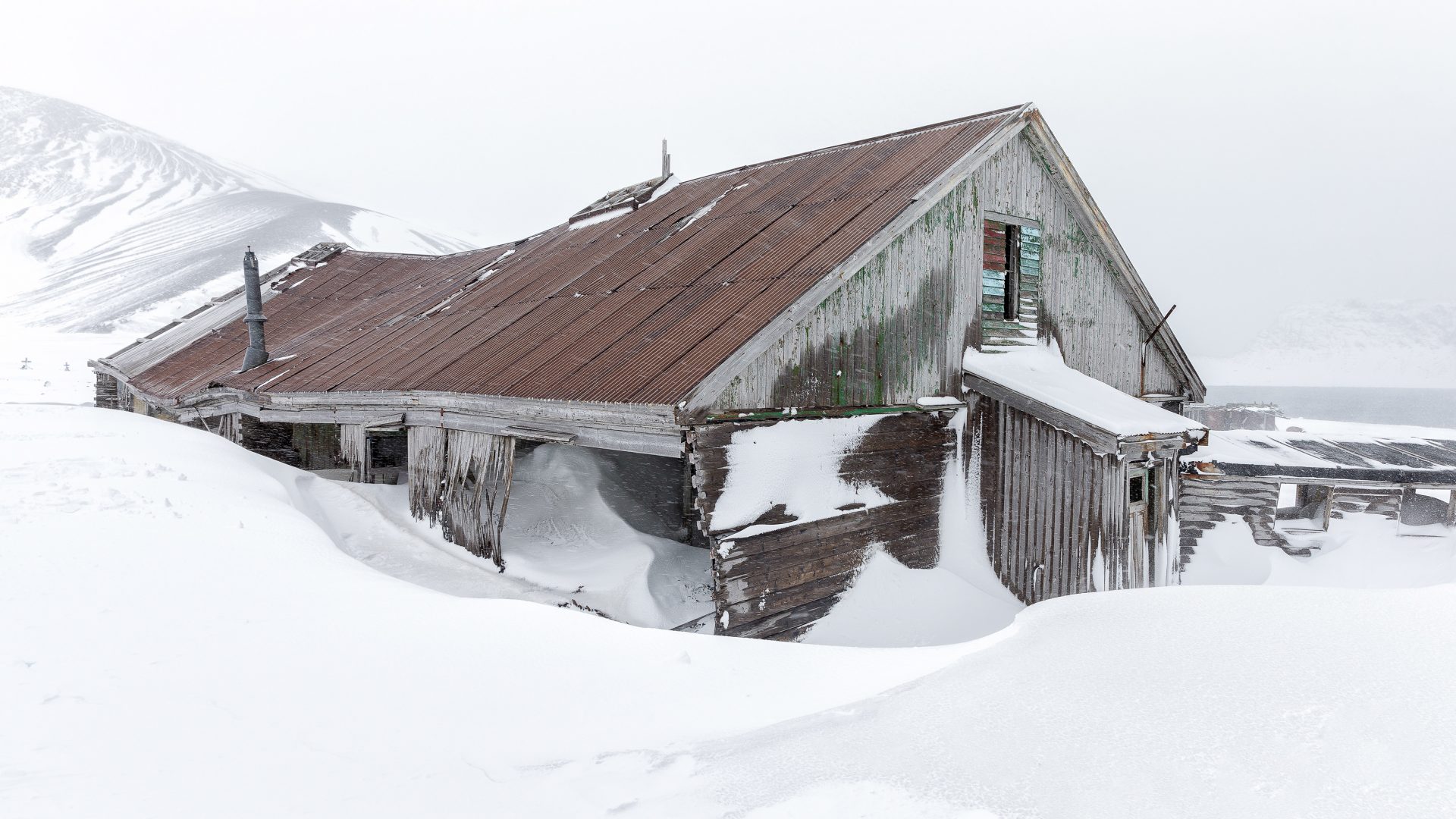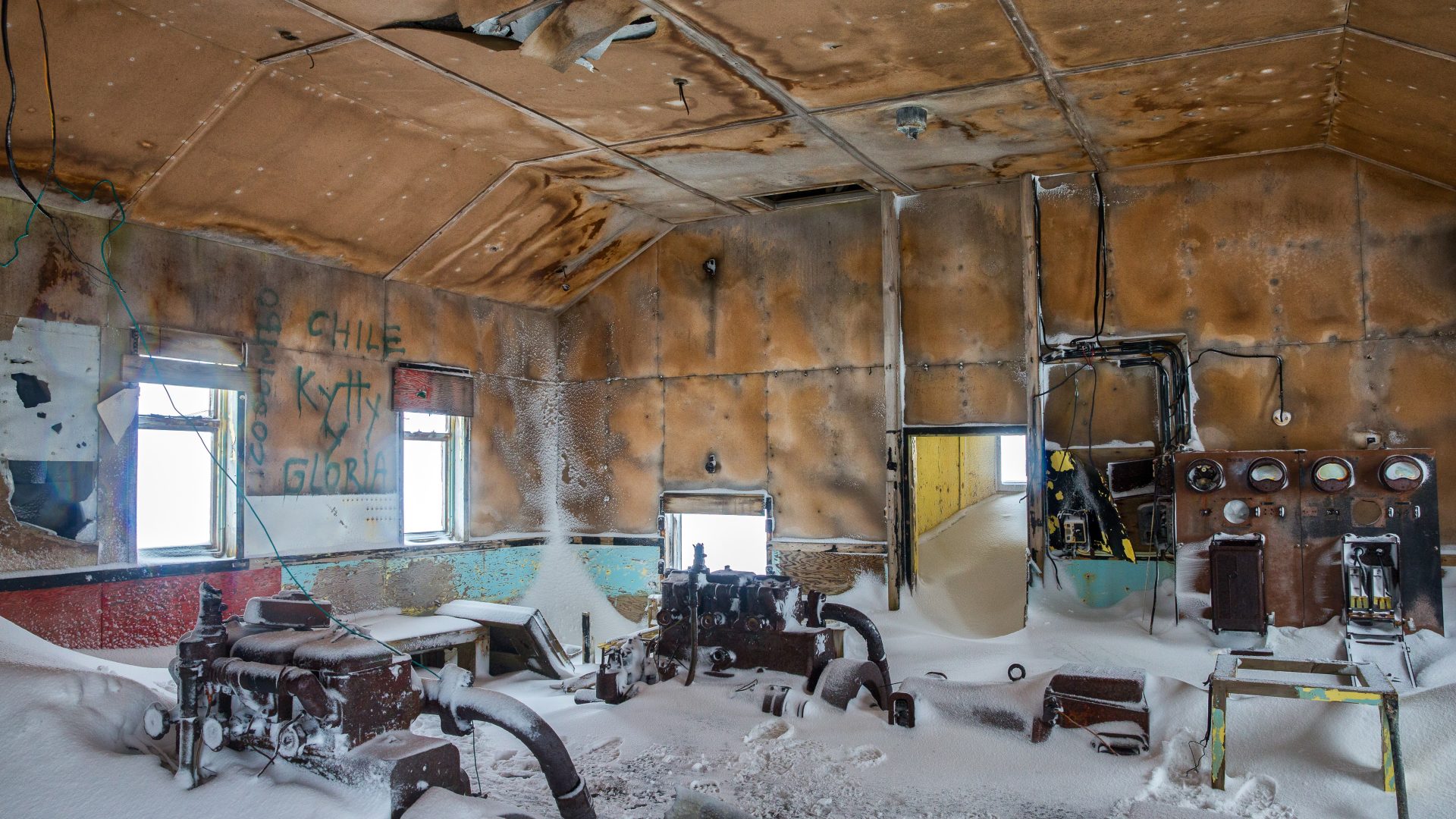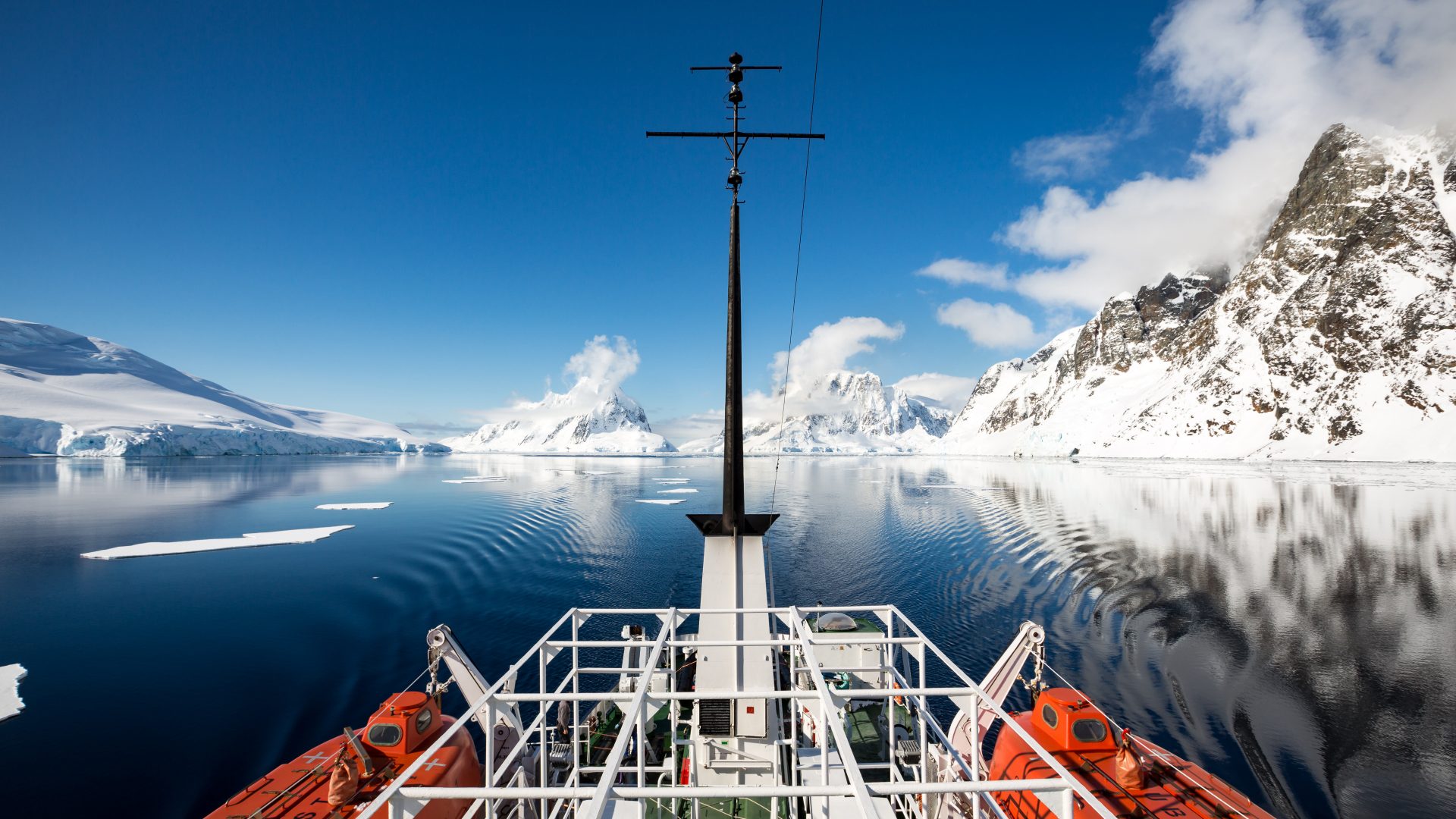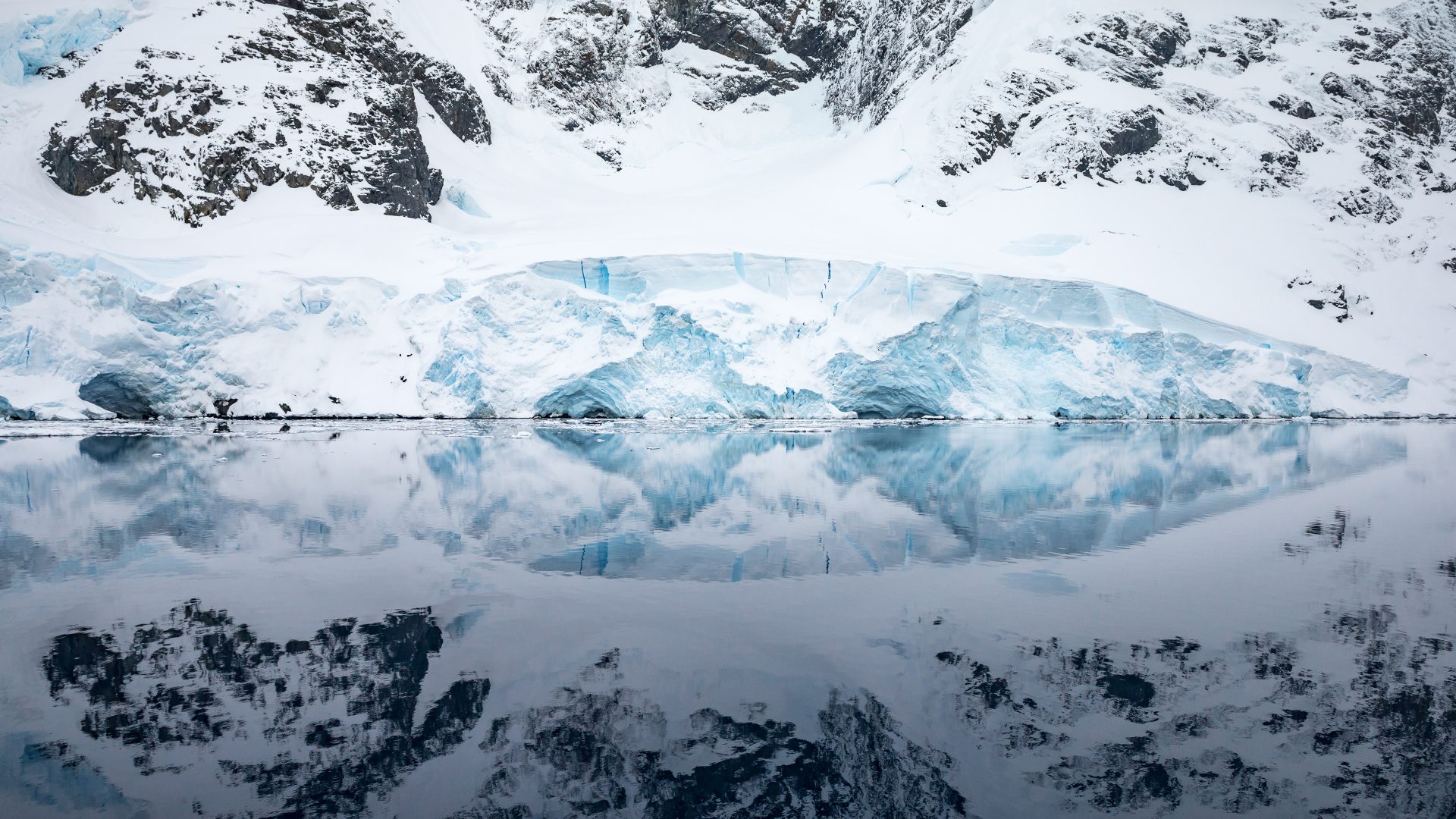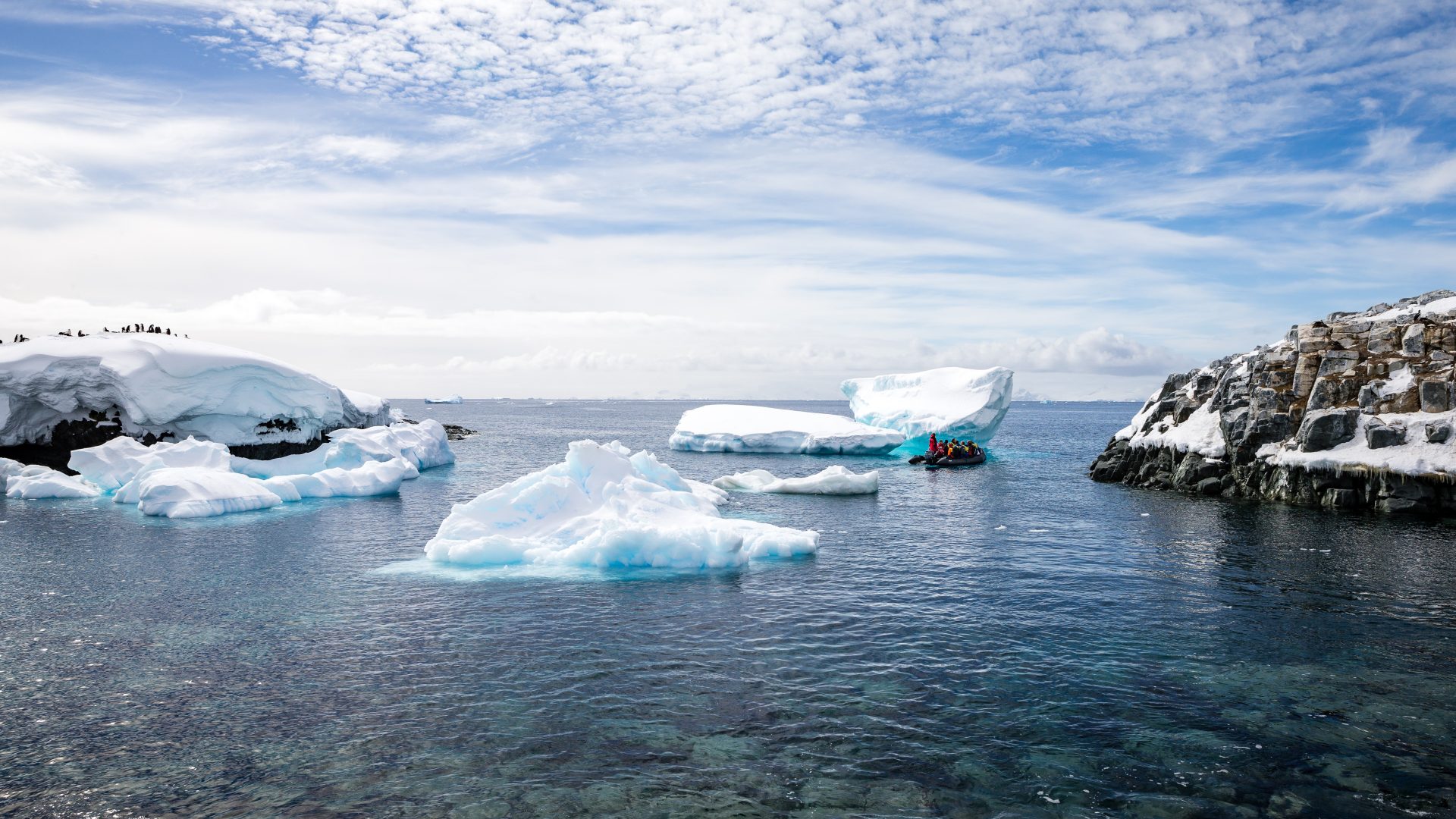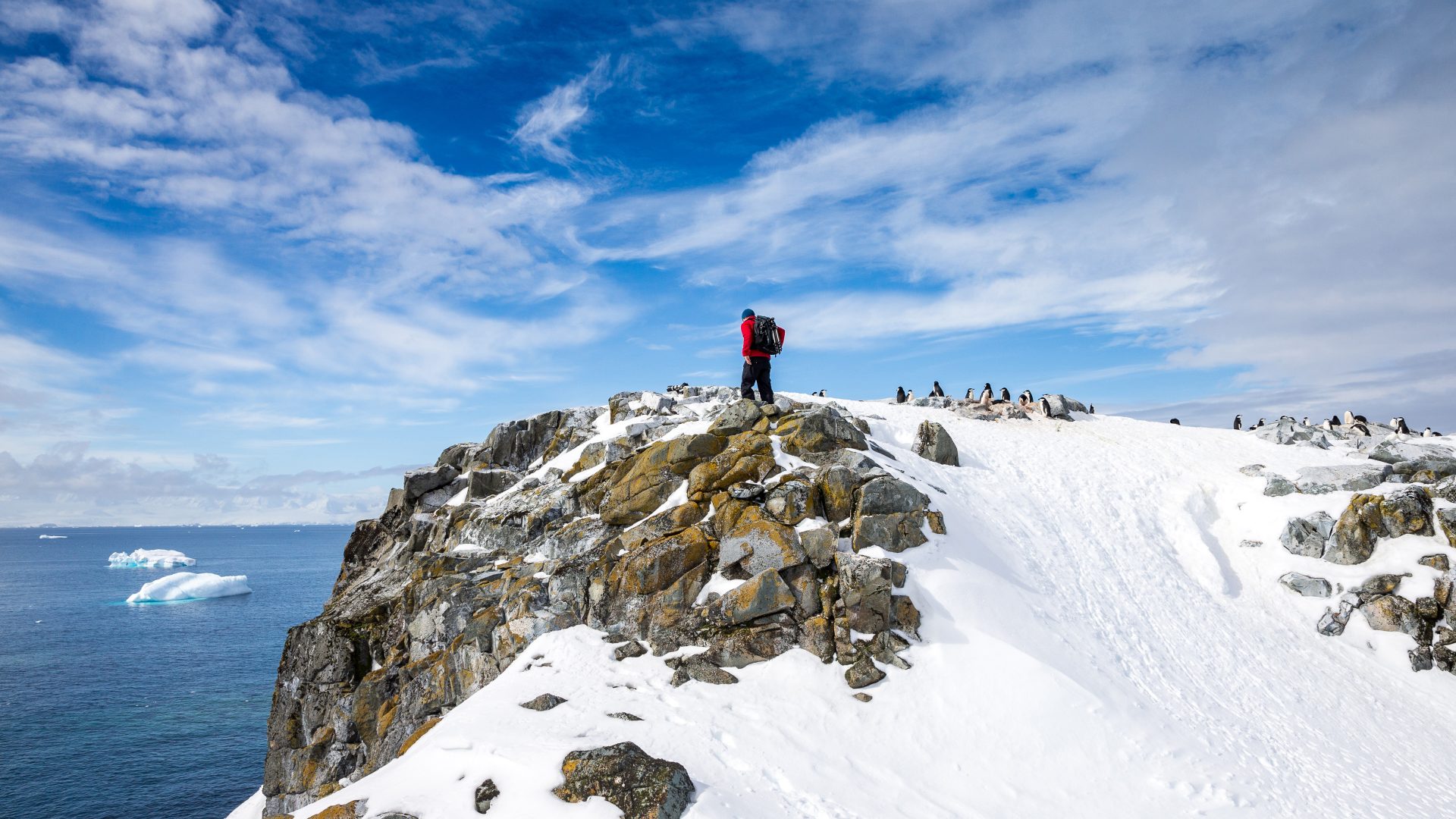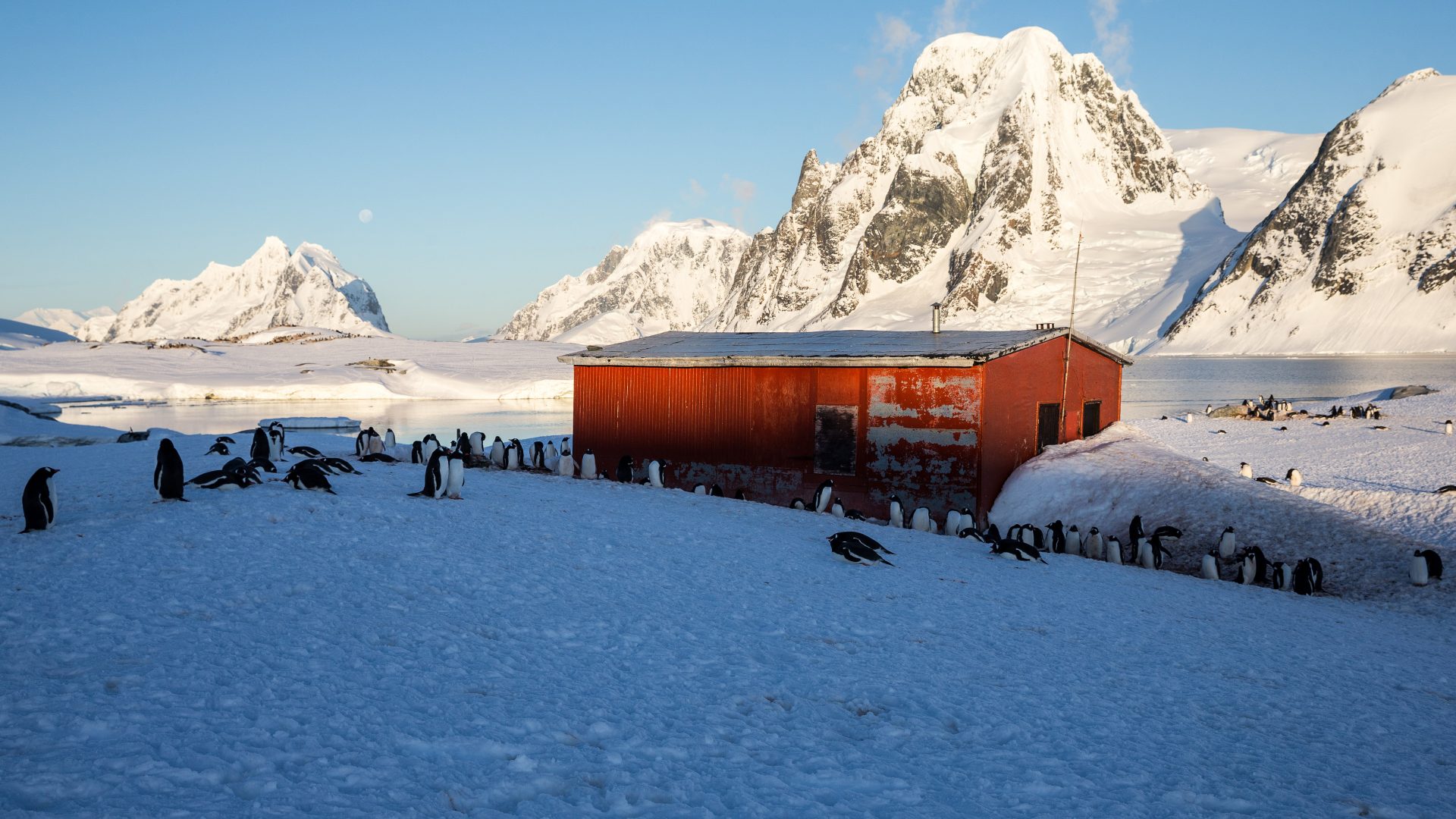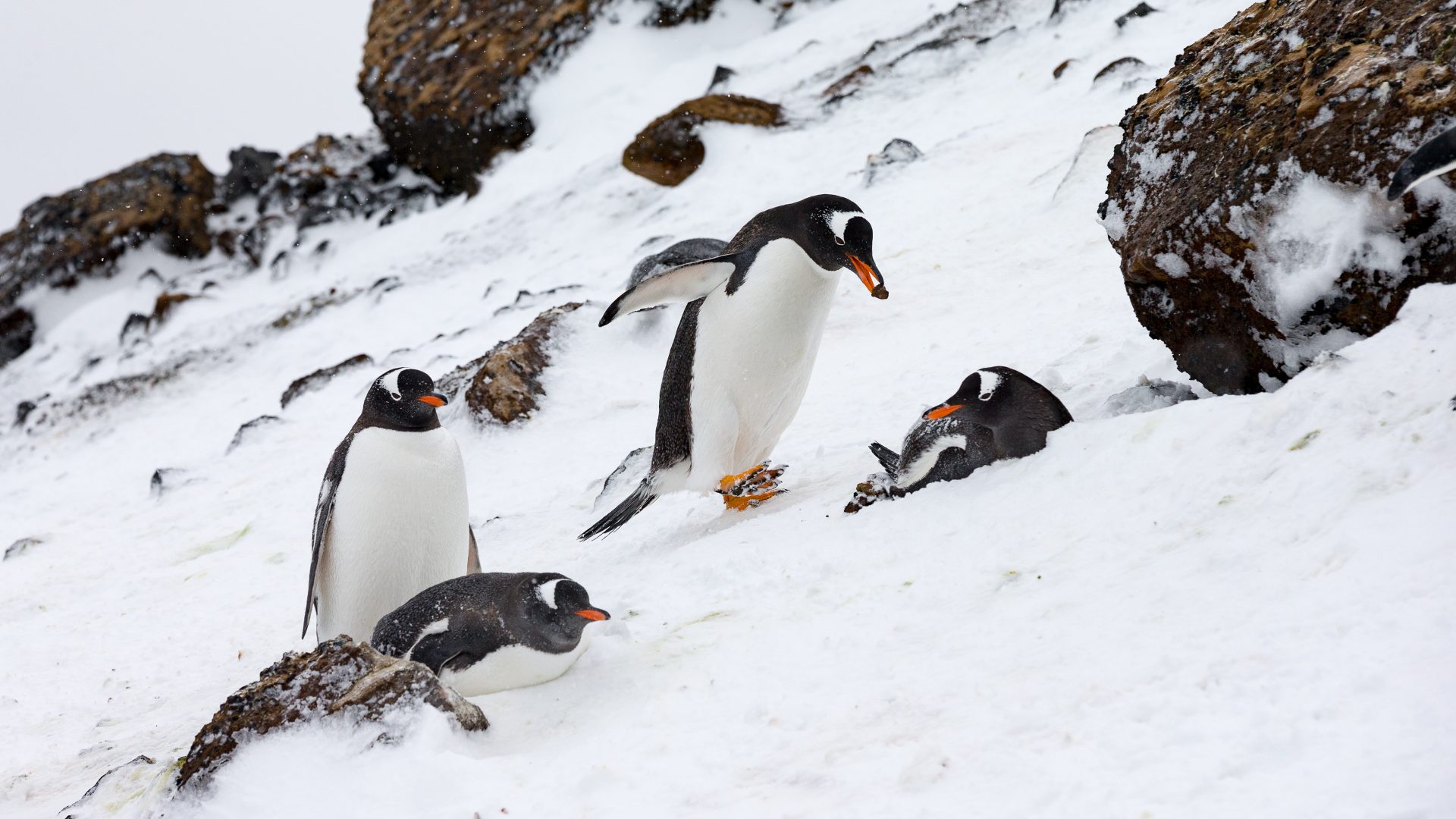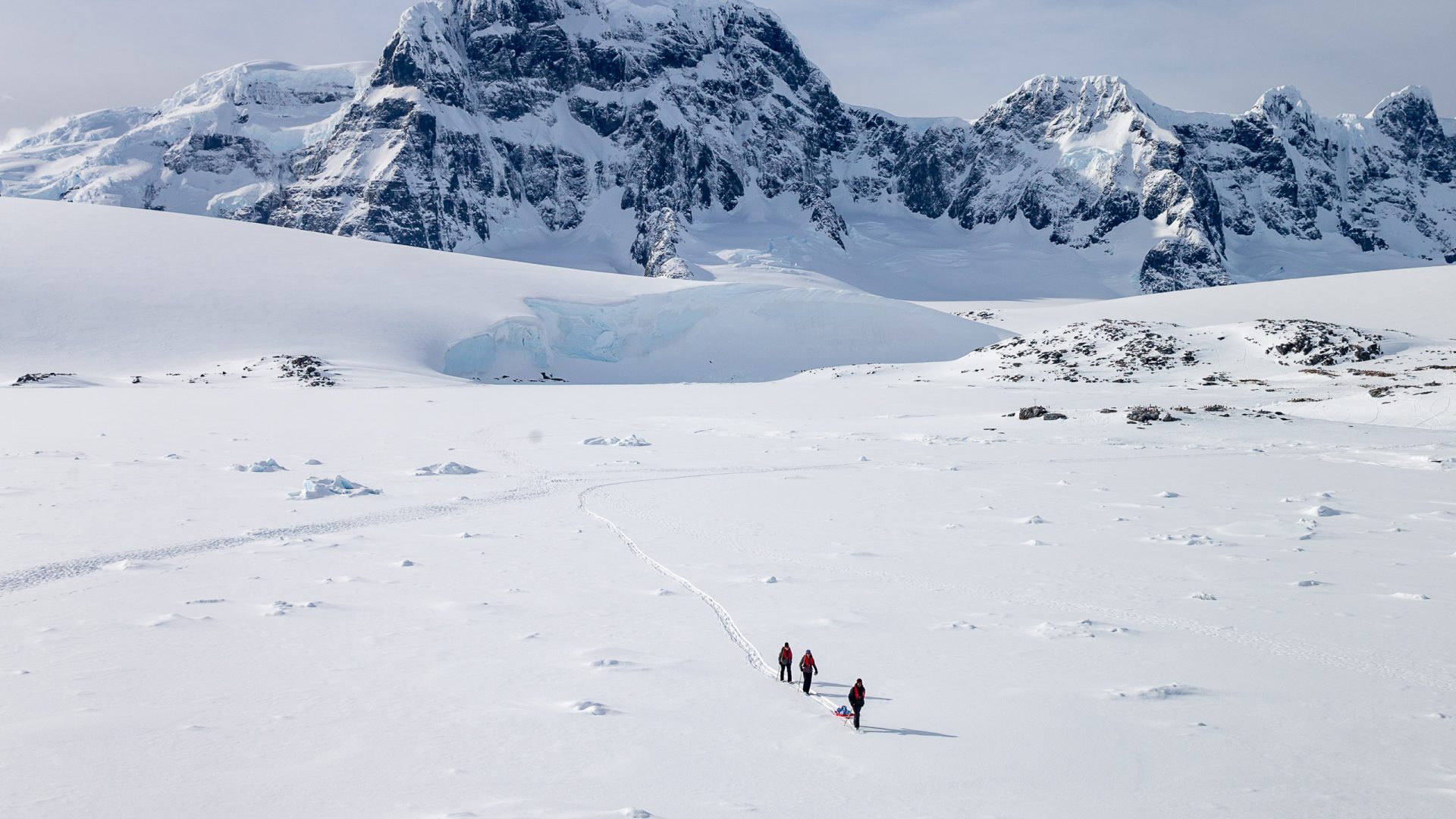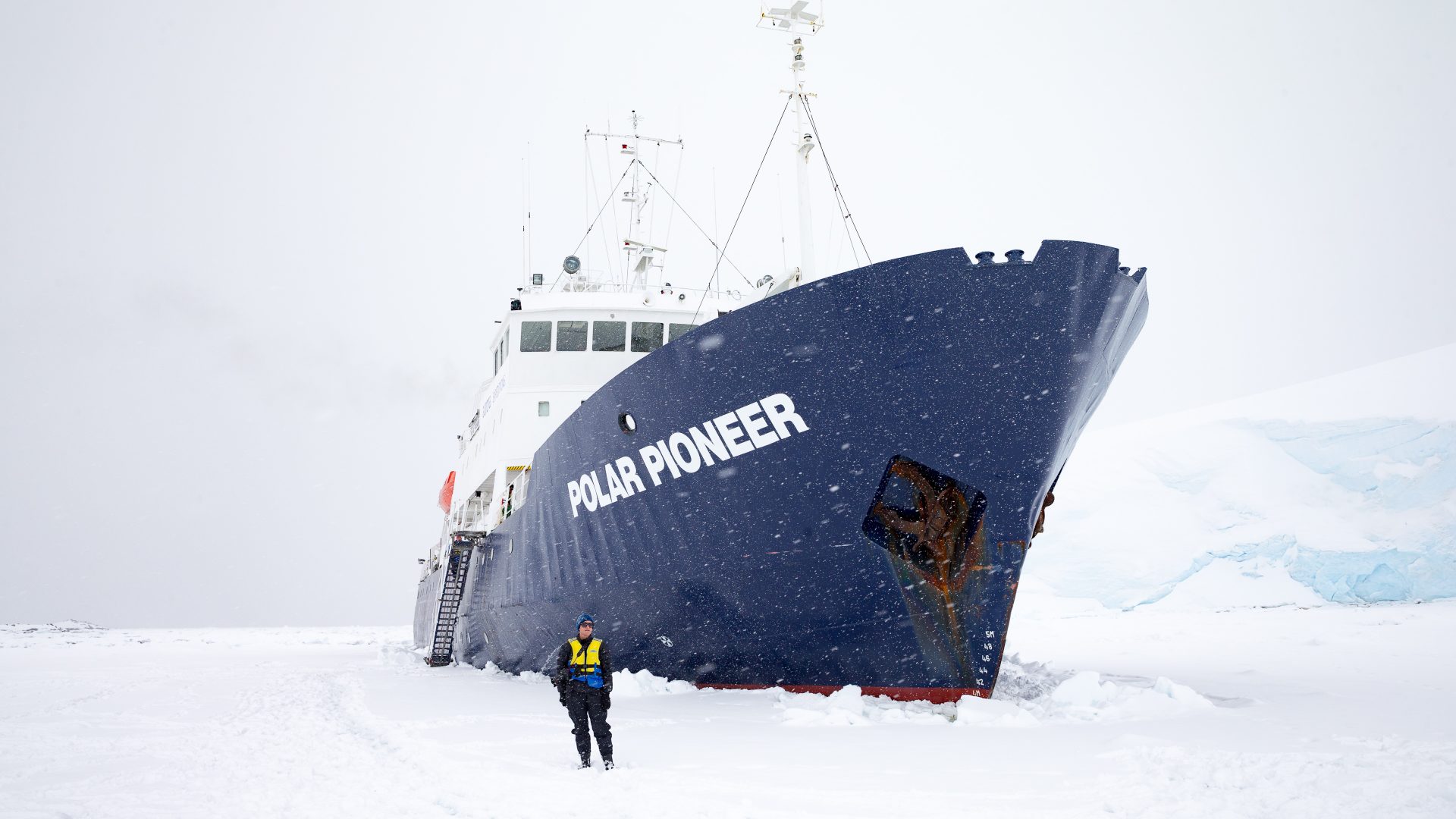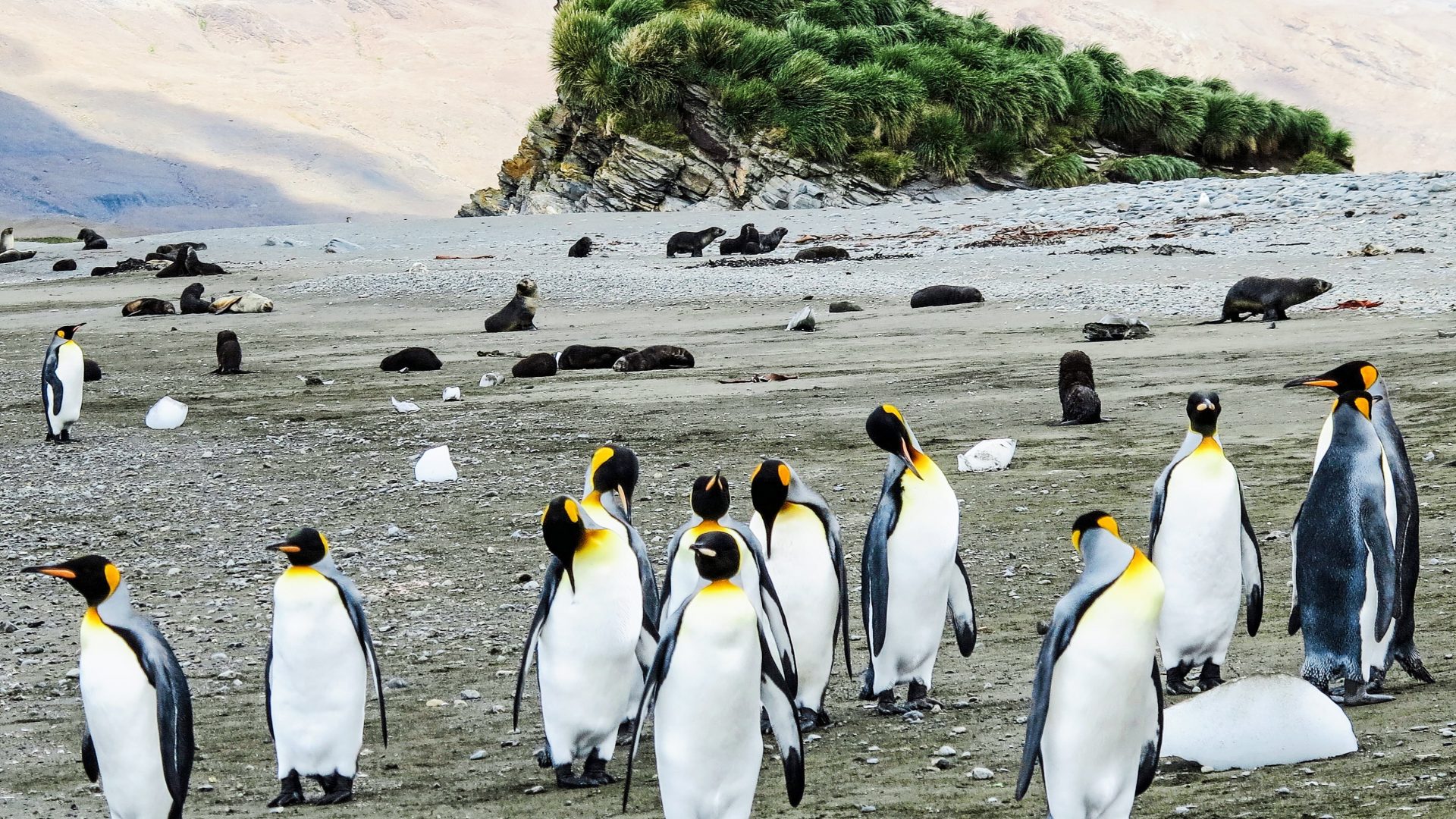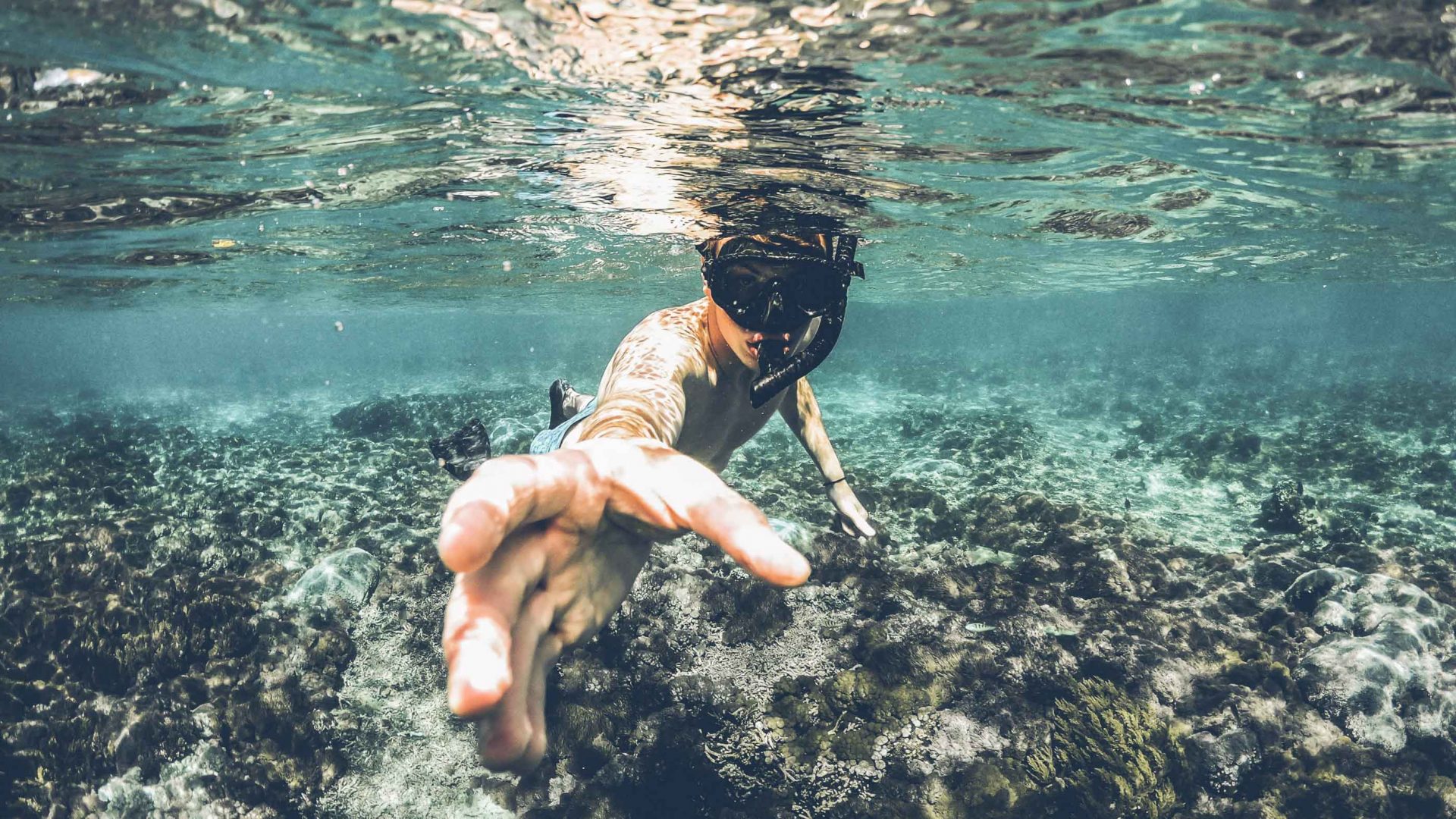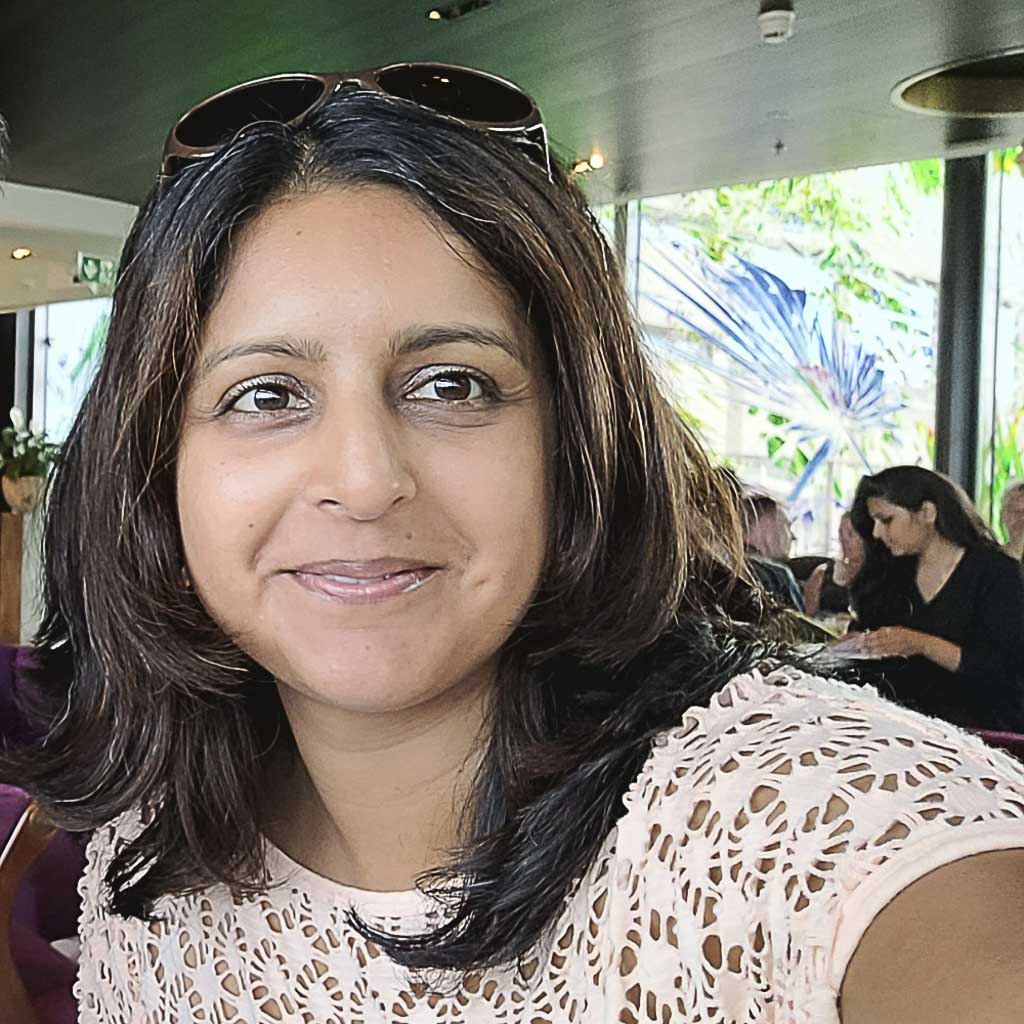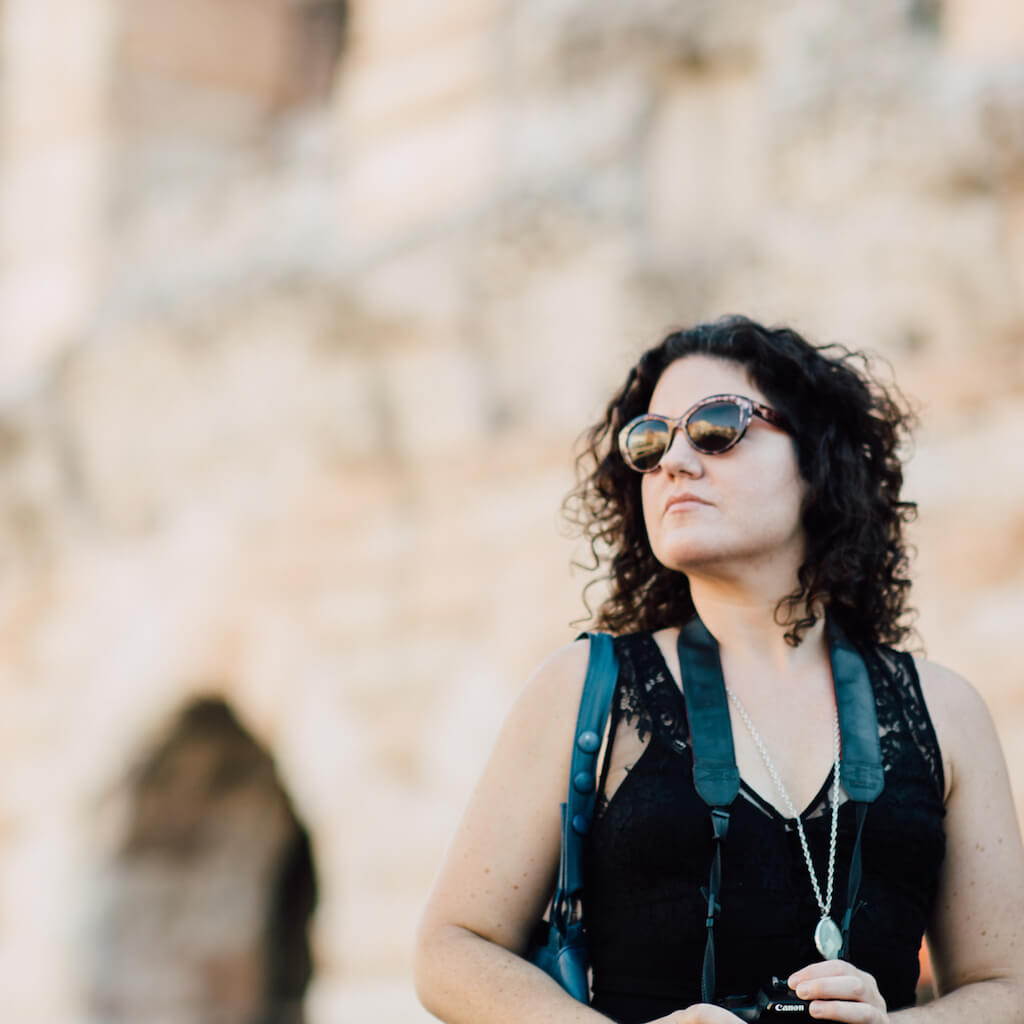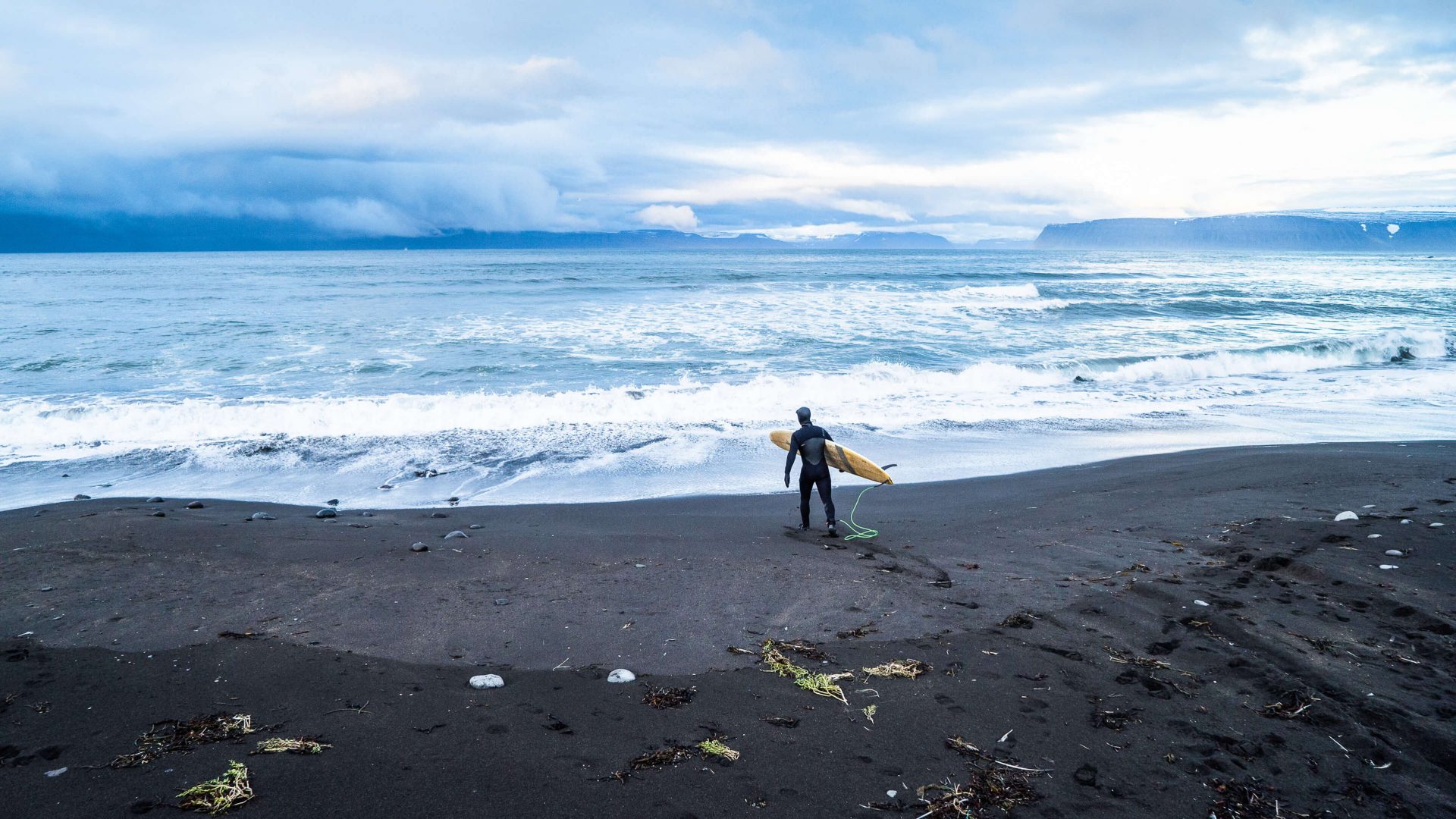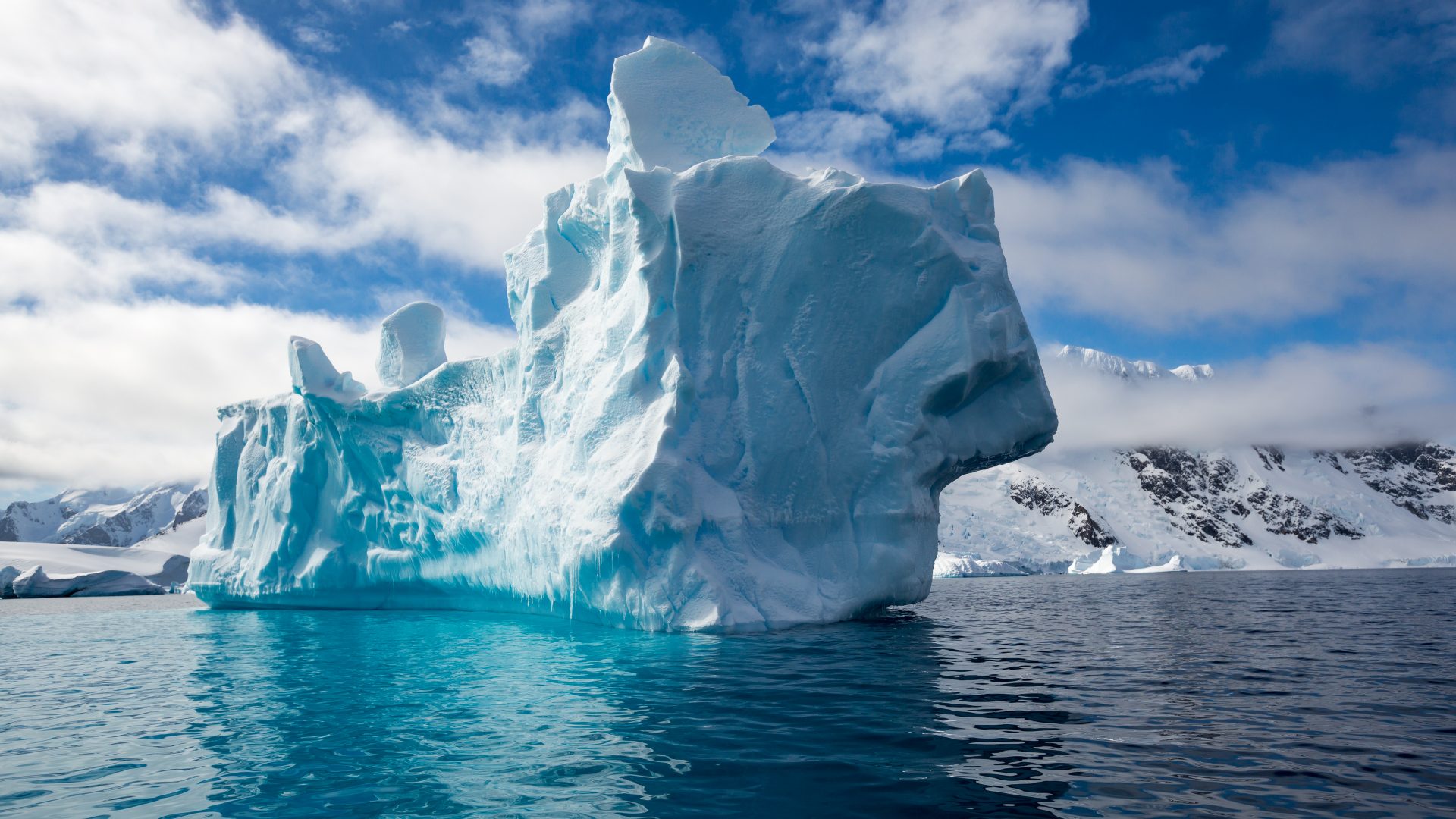
What’s life really like at the end of the earth? Follow photographer Kellie Lafranchi’s memorable journey aboard the expedition ship Polar Pioneer as it cruises to the frozen continent of Antarctica.
Some places leave an indelible mark on your soul. I learned this first-hand when I visited the southernmost continent on earth, Antarctica. It was the final destination on a three-month trip that was in itself over a year in the making.
This long trip had allowed me to photograph and explore many places, meet incredible people and capture their stories along the way. But it was this, my final destination, that I was looking forward to the most. I had never set foot in a polar region and after months of waiting and preparing for the harsh conditions, it felt surreal to think I had almost made it to Ushuaia, Argentina; ‘the end of the earth’ and my gateway to Antarctica.
